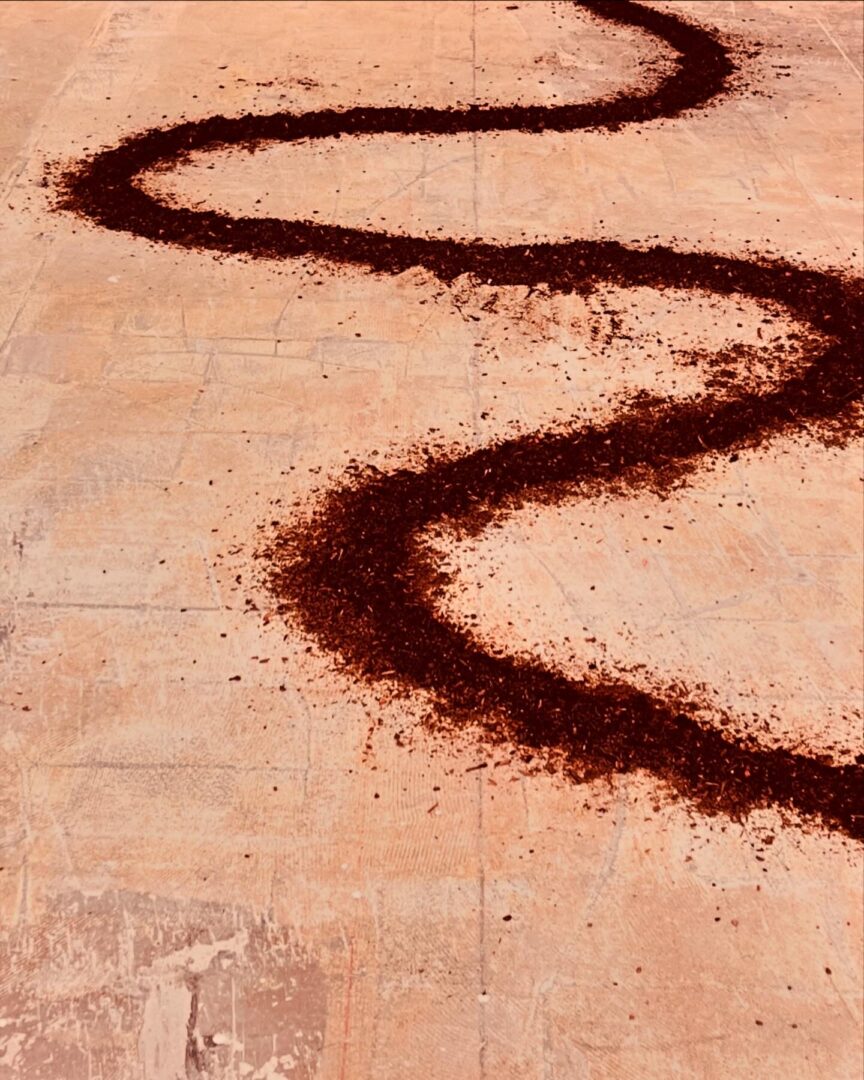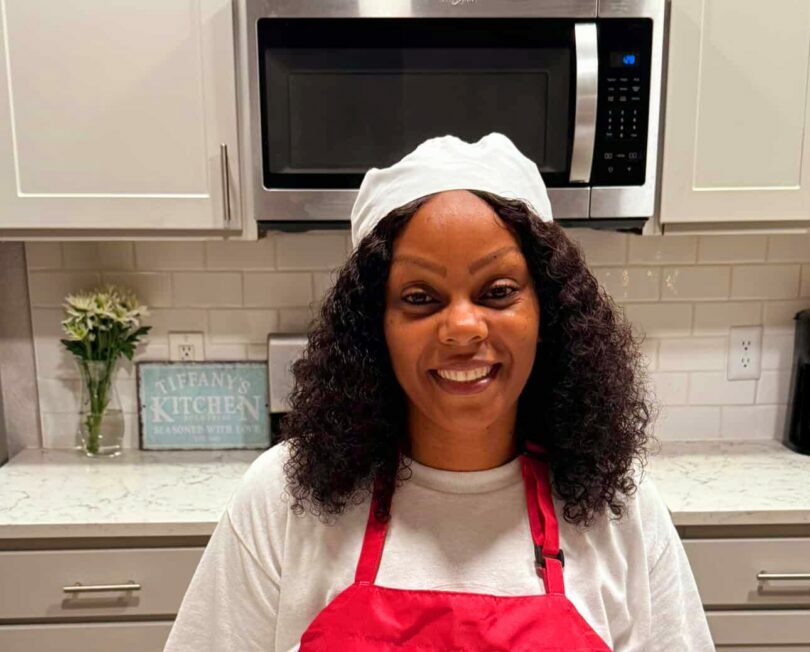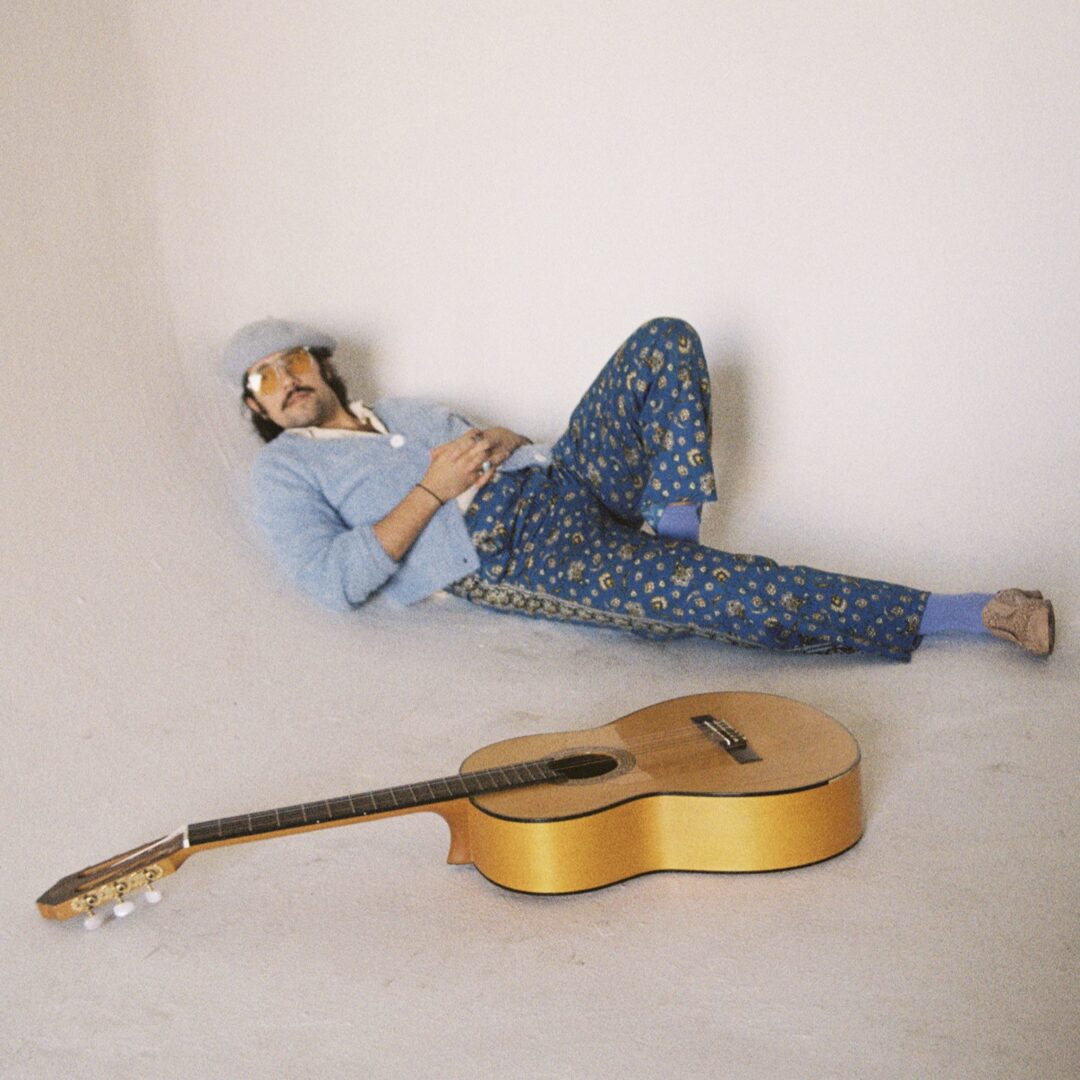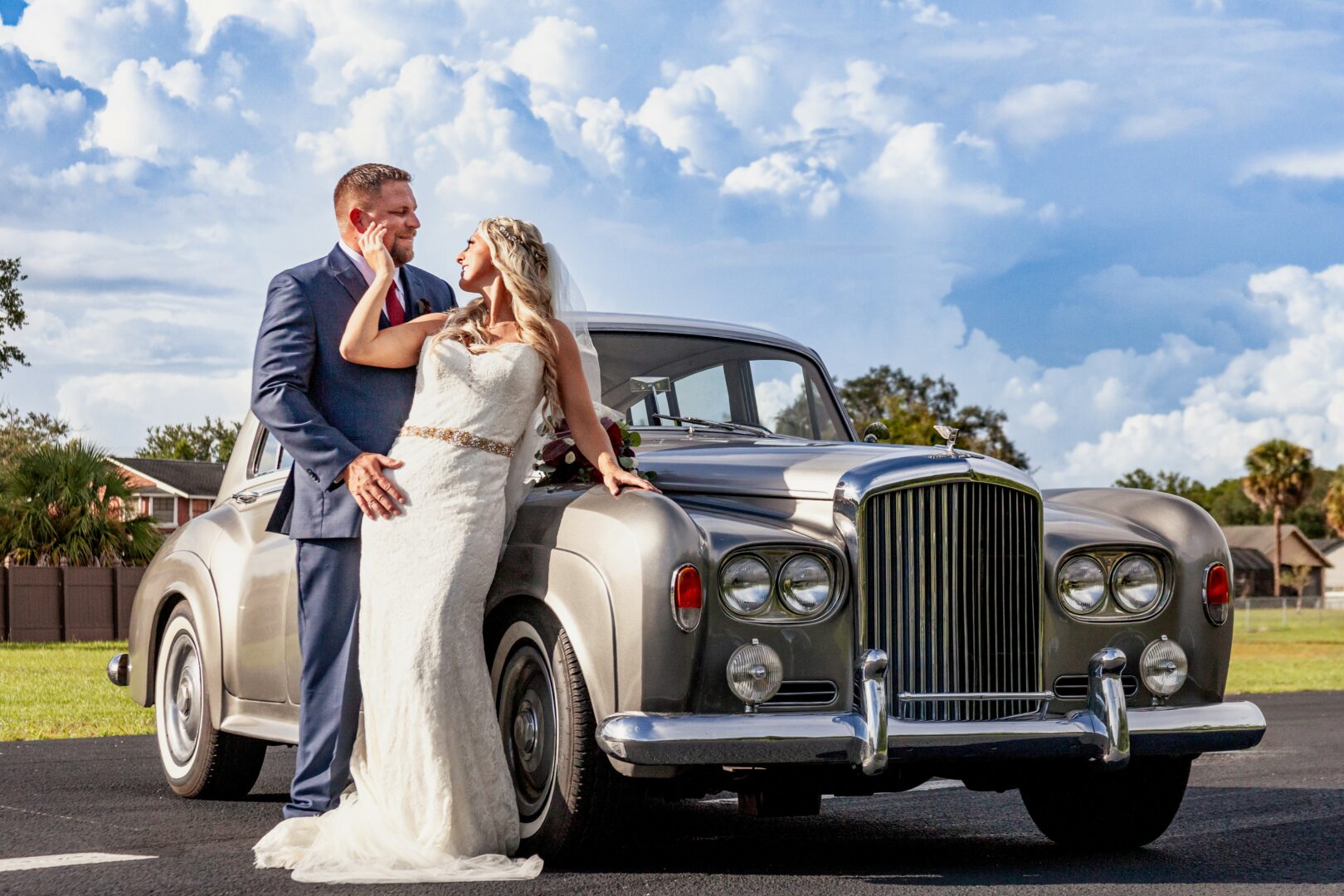Alright – so today we’ve got the honor of introducing you to Ruthanna Halprin Hopper. We think you’ll enjoy our conversation, we’ve shared it below.
Ruthanna, so great to be with you and I think a lot of folks are going to benefit from hearing your story and lessons and wisdom. Imposter Syndrome is something that we know how words to describe, but it’s something that has held people back forever and so we’re really interested to hear about your story and how you overcame imposter syndrome.
Overcoming impostor syndrome, for me, isn’t so much a destination but an ongoing process—an unfolding practice of claiming my place in the world, of stepping into my right to be seen and heard. It’s a continual journey of reclaiming my rhythm within the larger dance of life, and recognizing that my worth isn’t about being “special.” It’s about being part of the flow—one thread in the ever-evolving tapestry of human expression.
I come from a lineage of artists who boldly shared their visions with the world, each of them unapologetically following their own beat. In this, I’ve learned that creativity is not an exclusive, elite practice—it is a birthright. It lives within each of us. For my grandmother and mother, art was a powerful force of healing, a mirror for growth, and an energetic exchange between self and world. Through this lens, the idea of being an impostor simply doesn’t hold up. When we recognize ourselves as part of the collective dance, intertwined with nature, rhythm, and the greater flow of life, we realize that there’s no need to feel separate or “less than.” No one owns the dance—therefore, no one is an impostor.
From a young age, my grandmother brought me into her circle of dancers at the Mountain Home Studio, a space where artists from all walks of life gathered to move together. Each person, unique in their rhythm, their expression, yet all connected in the shared space of creativity. It was here that I learned we don’t need to wear the label of “special” to belong. We need only show up, be present, and embody our truth. Beneath the oak trees on that dance deck, the lessons were simple and clear: inclusivity, wholeness, and acceptance. The invitation was always there: leave your imposter syndrome at the exit sign, because here, in this circle, we are all part of the same dance.


Let’s take a small detour – maybe you can share a bit about yourself before we dive back into some of the other questions we had for you?
I’ve come full circle—back to the redwood grove of my roots, where I was raised amidst the rhythm of dancers, artists, poets, and healers working alongside my grandmother and mother at the Halprin Mountain Home Studio. It’s here, on the historic dance deck my grandfather built for my grandmother so she could continue her creative work while raising a family, that the seeds of the Life Art Process were first sown. This is where my mother psychologized the work of the Halprin Laboratory and founded the Tamalpa Institute in the 70’s.
Now, as a third-generation lineage holder of this work, I’m continuing this legacy through my own practice—working one-on-one with clients using the Halprin Method and the Life Art Process. This somatic and creative process draws from movement, drawing, and expressive writing as therapeutic tools to explore personal themes, life transitions, and embodied healing. It’s deeply experiential, rooted in the belief that the body holds wisdom, and that art-making can be a powerful path toward personal insight and transformation.
A powerful dimension of my current research includes personal scores using the RSVP Cycles—an innovative framework for creative process and design thinking created by my grandfather, landscape architect and visionary thinker, Lawrence Halprin. The RSVP Cycles offer a structured yet flexible model for self-inquiry, expression, and actualization—helping people to map their intentions, set boundaries, make choices, and reflect on outcomes in both art and life. It’s a profoundly impactful tool for creating creative structure on a practical level for groups and performance, as well as on a personal level for navigating inner and outer landscapes and part of my offering in exploration with clients.
What is meaningful in this work is it’s ability to reconnect people with their own inner rhythms and creative intelligence—unpacking stories, emotions, and memories held in the body and expressing them through creative form.
I’m offering sessions for private clients on zoom or in person in LA and the Bay Area, as well as offering small group sessions in this work, and I’m in the early stages of developing a series of creative labs. If you’d like to explore working together, reach out to me with the subject: session inquiry at [email protected] — You can also contact me through my Instagram at @ruthannahopper


Looking back, what do you think were the three qualities, skills, or areas of knowledge that were most impactful in your journey? What advice do you have for folks who are early in their journey in terms of how they can best develop or improve on these?
Looking back, I’d say the three most impactful qualities on my journey have been deep listening, creative courage, and a reverence for lineage.
Deep listening—to the body, to art, to the environment, and to the transitional spaces themselves—has been foundational. This kind of listening isn’t just auditory—it’s intuitive, somatic, and often wordless. In the Halprin work, we tune into movement, sensation, image, and story as a way of accessing truth. It’s this capacity to be present with what’s alive, even when it’s subtle or complex, that’s guided me through both personal and professional evolution.
The second is creative courage. Not just the courage to make something, but the courage to let go of control—to let the art speak. Often, the creative act knows something before we do. Movement, drawing, and writing become languages of the subconscious, offering messages from deep within. I’ve learned that when I can get out of the way—when I open through movement, somatic awareness, and ritual—something meaningful emerges. The art itself becomes a witness, a guide, a mirror. That, to me, is the real intelligence of creativity: it reveals what we didn’t yet have words for.
The third is honoring lineage while allowing evolution. I come from a multi-generational tradition rooted in dance, design, ritual, and healing. I’m learning how to carry that forward, while also letting it move through me in a way that’s alive and current. I’m not here to replicate what came before—I’m here to be in relationship with it, and to bring it into conversation with the world we’re in now.
For those early in their journey, my advice would be this: start by listening. Listen to your body, to your creative impulses, to the quiet nudges you might usually dismiss. Let yourself make things—not because they’re polished, but because they’re honest. Let the art speak to you. Let it surprise you. Let it teach you. The answers often come when we allow ourselves to not have them—when we get out of the way, let go of self-judgment, so that the intelligence that lives in the creative act itself can speak to us. This is where our deepest power lives.


How would you describe your ideal client?
My ideal client is someone who’s ready to listen inward—someone who senses there’s more to express, more to uncover, more to integrate, even if they don’t quite know what that looks like yet.
They might be at a turning point or in a time of transition. They may be artists, seekers, caregivers, designers, or simply individuals who are longing for a deeper connection to themselves. They may come with a sense that traditional talk therapy or creative practices alone haven’t fully opened the door they’re standing at. They’re curious, intuitive, and perhaps at a threshold that wants to be stepped through.
Perhaps there is a desire to reclaim their voice—not just through words, but through the body, through movement, through image and ritual. They’re not coming for performance—they’re coming for truth.
They’re willing to slow down. They’re open to the idea that healing and creativity can come through allowing, not forcing. And they’re drawn to the sacred intersection of life and art—not as separate spheres, but as one fluid, living experience.
This work tends to resonate with people who are ready to remember something ancient within themselves. They’re not looking for answers so much as they’re longing for process, for presence, for connection to their own rhythm and inner landscape. The result is often a more integrated sense of one’s self so that a new relationship to the dance with life might emerge.
Contact Info:
- Website: https://halprin-hopper-studio.com/ruthanna-hopper
- Instagram: @ruthannahopper
- Other: For collaboration or client work inquiry: [email protected]


Image Credits
RSVP Cycles, by Lawrence Halprin
MIT Press (book cover image)
I am you & You are me (image/notes from Halprin Lab 1960’s)
All original artwork paintings & installation, Ruthanna Hopper
so if you or someone you know deserves recognition please let us know here.




